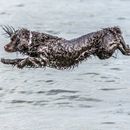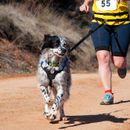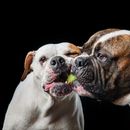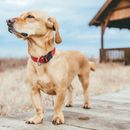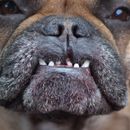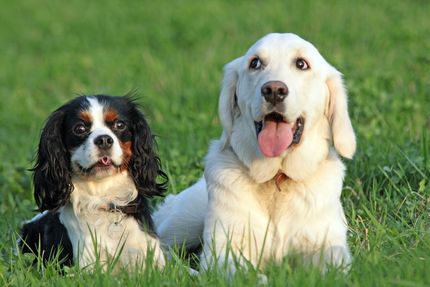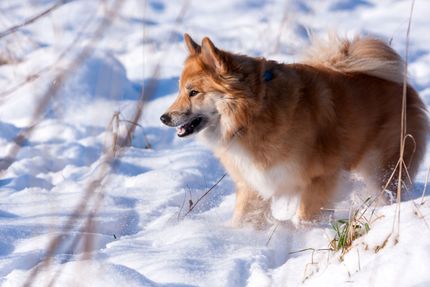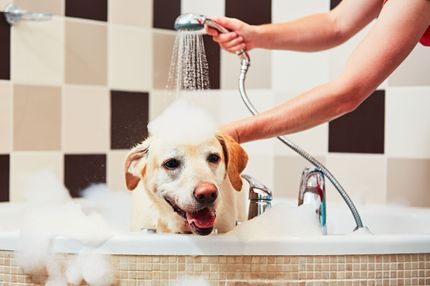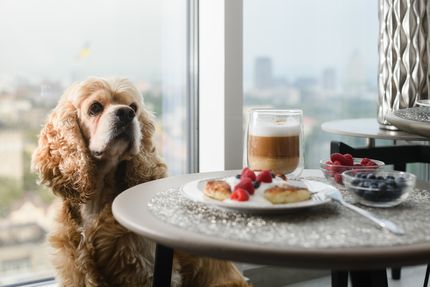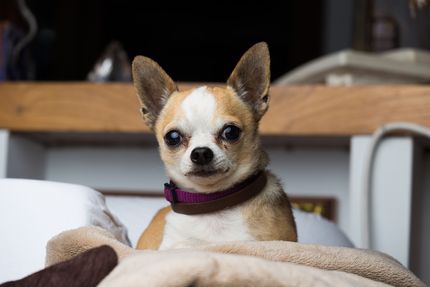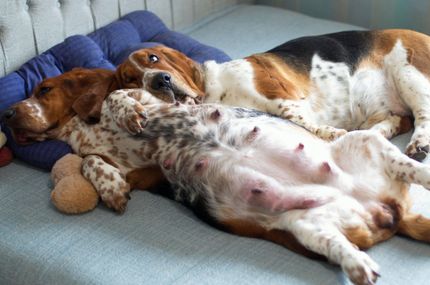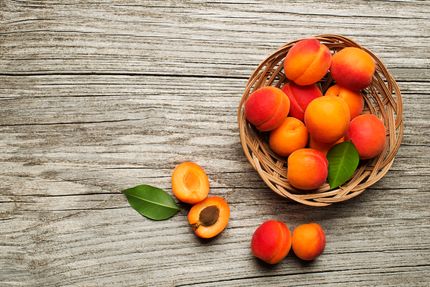It is important to first emphasize that specific breeds are not necessarily dangerous, but that a dog's behavior often depends more on its upbringing, training, and individual character. The following list includes breeds that could be considered potentially dangerous based on their size, strength, and reported incidents. However, it is essential to look at the individual, not the breed, and responsible pet ownership should always be encouraged.
Of course, it is difficult to apply the word "dangerous" to specific dog breeds, as a dog's behavior often depends more on education and training than on breed. Nevertheless, some breeds are often considered potentially dangerous.
So, in the following article, we will go over dog breeds that are NOT PRINCIPALLY dangerous but are considered dangerous in society. Moreover, the ranking is still based on the reported and recorded incidents towards humans. A dog is never dangerous by itself! The right education, the correct and species-appropriate treatment and attitude is crucial for the relationship between dog and man.
Pit Bull Terrier
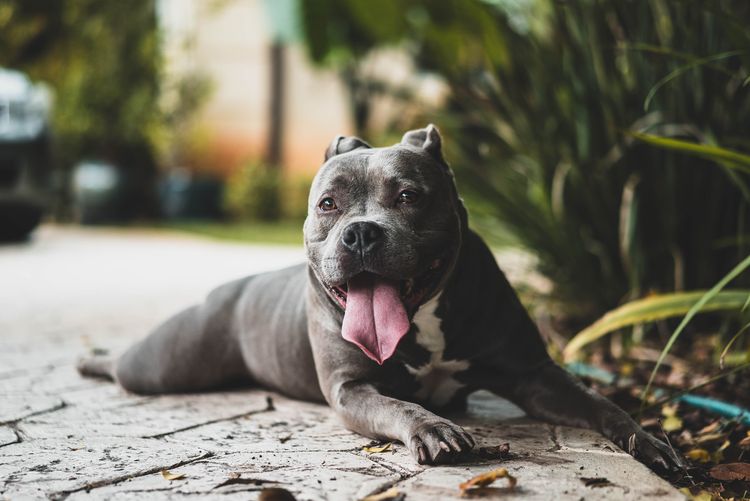
The Pit Bull Terrier is a dog breed that is often misunderstood. Known for their strength, intelligence and determination, Pit Bulls are actually extremely loyal and often loving pets. They tend to get along well with people, especially when properly socialized. Unfortunately, the breed has been stigmatized in some areas due to incidents involving poorly kept or trained dogs.
The truth is that pit bulls, like any dog, are the product of their upbringing and environment. With loving care, training and socialization, they can be excellent family dogs. Problems often arise when they fall into the hands of irresponsible owners who do not properly direct their natural strength and energy. It is essential to recognize the individuality of each dog and understand that breed alone does not determine behavior. A pit bull can be a wonderful companion if kept responsibly.
Rottweiler
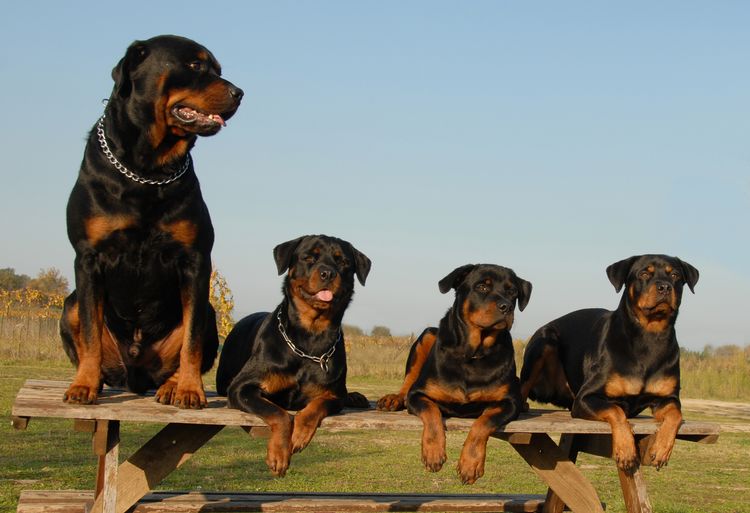
The Rottweiler is an impressive dog breed known for its strength, intelligence and loyalty. These traits make them excellent working and guard dogs. Rottweilers are often very attached to their families and can make wonderful pets when properly trained and socialized. However, their strong presence and protective instincts can be problematic if not handled properly. In the wrong hands or without proper training, a Rottweiler can be aggressive or difficult to control.
It is critical that a Rottweiler owner invest the time and effort to properly train their dog and treat the animal with love and respect. With the right approach, a Rottweiler can be a loving and loyal family member that also serves as a guard dog. The breed itself is not dangerous; rather, the dog's behavior depends on its upbringing and environment.
Doberman
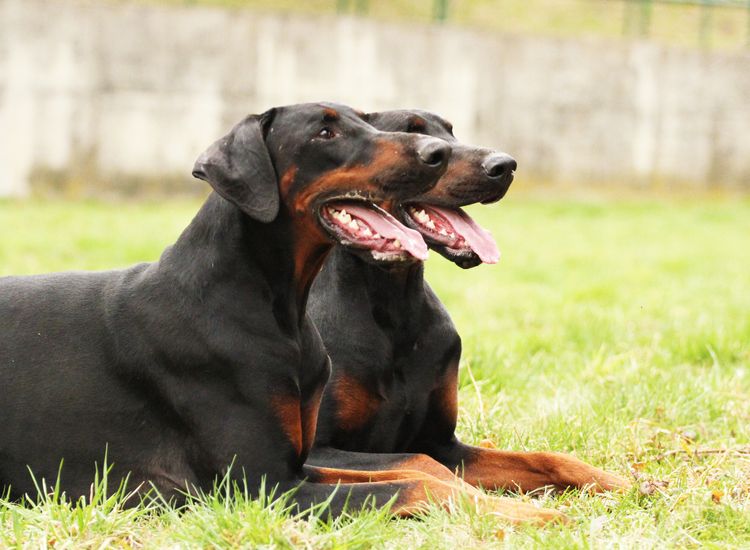
The Doberman Pinscher is an elegant and powerful dog breed that is often prized for its guarding and protective abilities. With an athletic build and an intelligent and alert nature, Dobermans are often the preferred choice for police, guard and rescue services. Despite their fearsome image, many Dobermans are actually loving and loyal family dogs. However, the breed requires responsible parenting and proper training to reach its full potential.
A poorly trained Doberman can become insecure or overly aggressive, especially if it feels threatened. However, in the right hands, with proper socialization and clear, loving leadership, a Doberman can be an excellent companion. The breed is known for its loyalty to its owners and can get along well with children and other pets if properly socialized. (Pictured are two natural Doberman dogs with their natural ears. You often know the breed - unfortunately - only with erect and/or docked ears and tails. However, this is prohibited)
Dogo Argentino
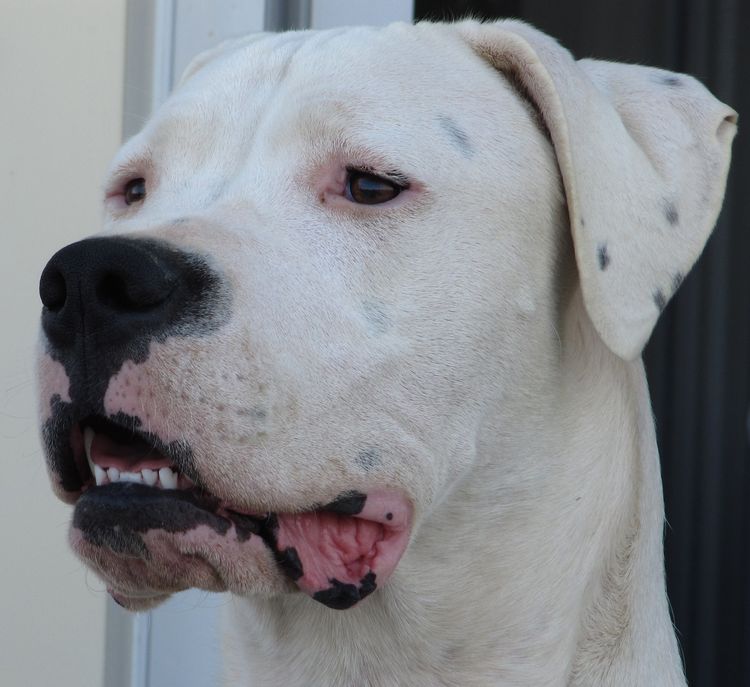
The Dogo Argentino is an impressive breed of dog that was originally bred in Argentina for hunting wild boar and other large game. With its sheer strength, bravery and endurance, this dog excels in the field as well as a guard dog. However, despite its rugged appearance, many Dogo Argentinos are known for their affectionate nature, especially towards their families.
However, this breed requires an experienced hand. Their strong hunting instincts and independence can lead to problems without proper training and socialization. Dogo Argentinos need clear boundaries, consistent training and plenty of mental as well as physical stimulation to be happy and balanced.
In some countries, the breed has been regulated because of its potential aggressiveness. But many experts argue that the breed itself is not the problem, but that the owner's upbringing and behavior are critical. A well-trained and socialized Dogo Argentino can be a loyal and loving companion.
Staffordshire Terrier
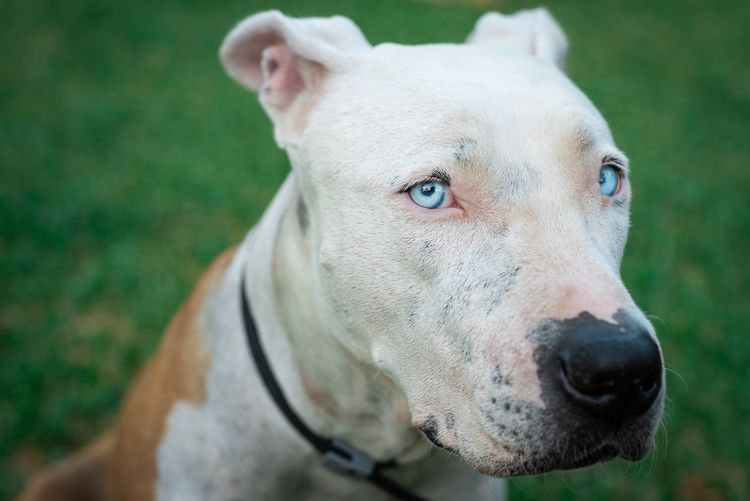
The Staffordshire Terrier, often called the American Staffordshire Terrier, is a breed known for its strength, intelligence and friendliness towards people. Despite their muscular appearance, many Staffies are loving family dogs that get along well with children and are known to be loyal companions.
Like many other terrier breeds, Staffordshire Terriers were originally bred for sporting purposes, and their bravery and determination are still characteristic today. However, these traits mean that Staffies, like other powerful dogs, need responsible training and clear boundaries.
Unfortunately, Staffordshire Terriers have been stigmatized in some media and communities. However, cases of aggression are often the result of poor upbringing and handling, not the breed itself. With proper socialization, training and loving care, a Staffordshire Terrier can be an excellent, affectionate family dog. The breed is often praised for its people orientation and desire to please, and many owners of Staffies report their gentle and loving nature.
Cane Corso
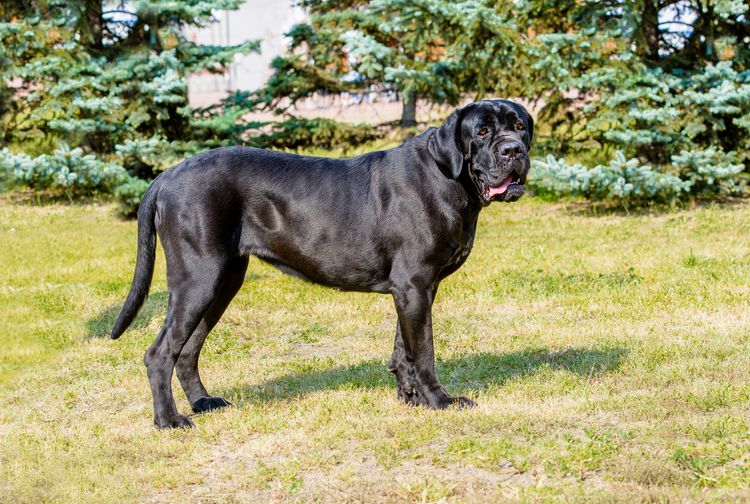
The Cane Corso is an ancient Italian dog breed that was originally used as a working dog on farms and for hunting. Known for its strength, intelligence and loyalty, the Cane Corso has a natural protective instinct that makes it an excellent guard dog.
Despite their impressive appearance and alertness, many Cane Corsos are gentle and loving family dogs. They tend to develop a close bond with their owners and can be surprisingly gentle and patient with children.
However, it is important to stress that the Cane Corso is not a breed for inexperienced dog owners. Their size, strength, and confidence require consistent training and clear leadership. Without proper training and socialization, a Cane Corso can be dominant or difficult to handle.
The breed needs plenty of exercise and mental stimulation to stay happy and healthy. However, in the right hands, with proper care, socialization and training, the Cane Corso can be a loyal and loving companion, serving as both a family dog and a watchdog.
Bull Terrier
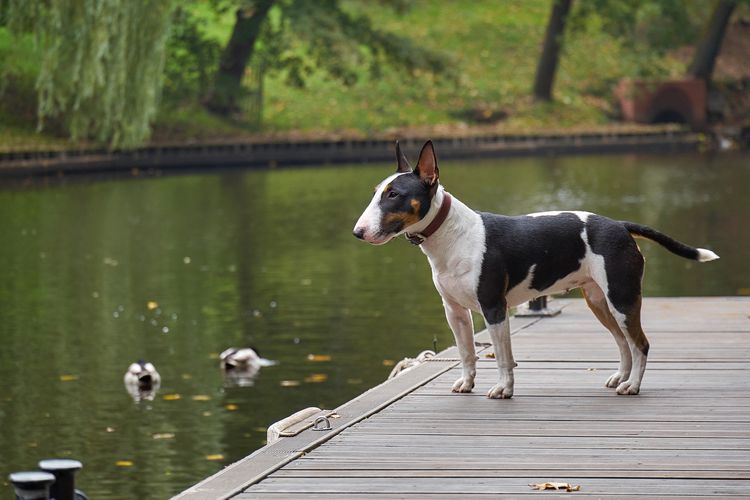
The Bull Terrier is a distinctive dog breed with an egg-shaped head and muscular build. The breed was originally bred in England for bull fighting and rat racing, but today bull terriers are often lively and loving family dogs.
Despite their sometimes intimidating appearance, many bull terriers are known for their playful and friendly nature. They can be especially affectionate towards their owners and fit in well with an active family. The breed is also known for its intelligence and resourcefulness.
However, because bull terriers have strong personalities and can be very energetic, they need clear leadership and consistent training. Without proper socialization and training, a bull terrier can be stubborn or overly enthusiastic, which can result in undesirable behavior.
As with many other breeds, a bull terrier's temperament depends greatly on its upbringing, training and social environment. In the right hands and with loving care, a bull terrier can be a happy and loyal companion that gets along well with people and even other pets.
Neapolitan Mastiff
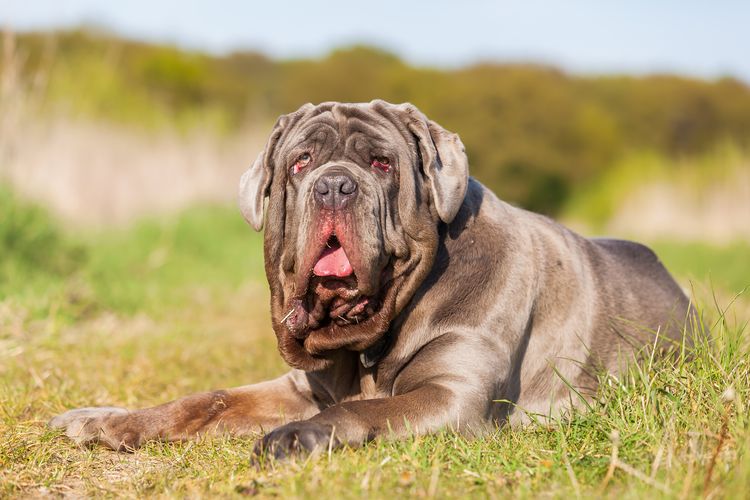
The Neapolitan Mastiff, also known as Mastino Napoletano, is an imposing and majestic breed that originated in Italy. These dogs are best known for their loose, wrinkled skin and enormous stature.
Traditionally used as guard dogs, Neapolitan Mastiffs are fearless and protective, with a strong instinct to defend their territory and family. Despite their imposing appearance, however, many of them are gentle and calm, especially when well socialized.
Raising a Neapolitan Mastiff requires experience and a firm hand. Their size and strength can be overwhelming, and without proper guidance, they can become dominant. The breed needs clear boundaries and consistent training to thrive.
Neapolitan Mastiffs tend to be fiercely loyal to their family, and they can be amazingly loving and gentle pets. Despite their alert instincts, they are often patient with children and other family members.
Tosa Inu
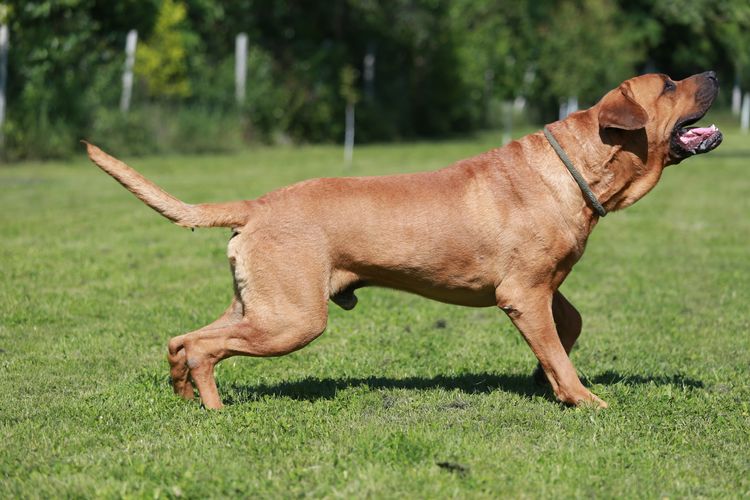
The Tosa Inu, also known as the Tosa Ken or Japanese Mastiff, is a rare and impressive breed of dog that was originally bred in Japan for dog fighting. These fights were considered formal and ritualistic events, and the Tosa Inu was revered for its bravery and honorable character.
With a strong build and a calm, confident nature, the Tosa Inu is an impressive dog. Despite its fighting heritage, the breed is often calm and reserved, especially when well socialized. Tosa Inus are known to be loyal to their family and can be loving pets.
However, the breed is not for everyone. The Tosa Inu requires an experienced hand, clear leadership and consistent training. Without these elements, a Tosa Inu can be dominant or difficult to control.
In some countries, the breed has been regulated or even banned due to its size and potential for aggression. However, many owners and breeders believe that with the right training and in the right environment, the Tosa Inu can be a calm and dignified companion. The key to a successful life with a Tosa Inu is understanding and recognizing its unique needs and characteristics.
Fila Brasileiro
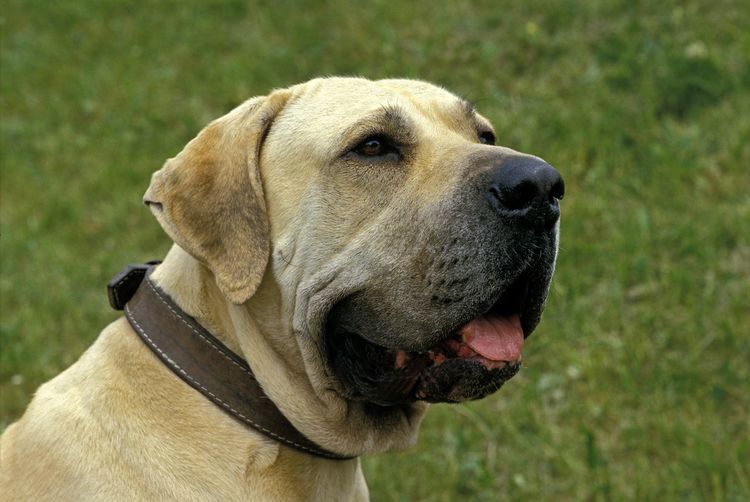
The Fila Brasileiro, also known as the Brazilian Mastiff, is a large and powerful breed of dog bred in Brazil for hunting and herding livestock. The breed is known for its unwavering protective instinct and loyalty to family.
The Fila Brasileiro has a unique temperament that ranges from intense attachment to its owners to a distinct distrust of strangers. These dogs are known for their exceptional loyalty, and many owners appreciate the deep bond they are able to form with their Fila Brasileiro.
Despite their loving nature towards their family, this breed requires careful socialization and consistent training. Their distrust of strangers can be problematic if not managed properly, and an uncontrolled Fila Brasileiro can be a risk.
The breed is not suitable for inexperienced or unsure dog owners. A Fila Brasileiro needs clear leadership and structure to develop into a balanced and content dog. However, with proper training and in the hands of an experienced owner, a Fila Brasileiro can be a loyal and impressive companion that serves as both a family dog and a guard dog.
Caucasian Sheepdog
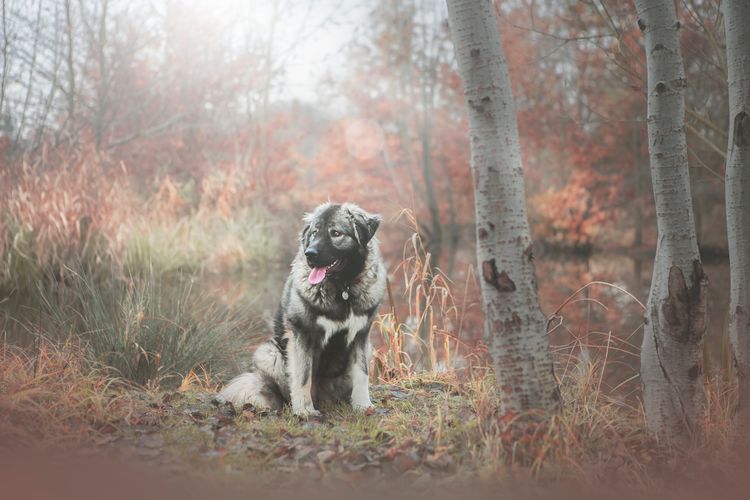
The Caucasian Ovcharka, also known as the Caucasian Sheepdog, is a powerful and imposing breed of dog that was originally bred in the Caucasian mountains as a guard and protection dog for livestock. These dogs are known for their unwavering bravery and strong protective instincts, and can defend their herd and territory with great determination.
The Caucasian Ovcharka has a strong personality and requires an experienced and confident owner who is able to provide clear leadership and structure. Without proper training and socialization, the breed can be dominant or overly alert.
Despite their reputation as guard dogs, many Caucasian Ovcharkas are gentle and loyal to their families. They tend to develop a close bond with their owners and can be amazingly loving and patient pets.
Bullmastiff
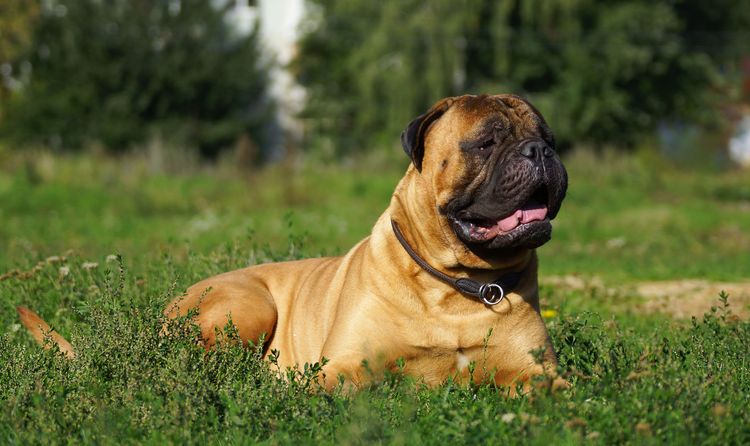
The Bullmastiff is a robust and impressive dog breed created in England by crossing Bulldogs with Mastiffs. Originally, these dogs were bred to protect large estates from poachers, and their alertness and determination are still characteristic traits today.
With its imposing appearance and courageous nature, the Bullmastiff is an effective guard dog. He is known to be reserved towards strangers, but he is also appreciated for his calmness and composure. Despite its size and seriousness, the Bullmastiff can be an exceptionally loving and loyal family dog.
Raising a Bullmastiff requires a clear and consistent approach. These dogs are intelligent and independent, and without proper guidance they can become stubborn or dominant. Early socialization and training are keys to a well-rounded Bullmastiff.
The Bullmastiff is generally good natured and can be surprisingly patient with children. He tends to bond closely with his family and is often happiest when he is around them. This breed is best suited for dog owners who have the time and experience to meet the specific needs of such a large and powerful dog. However, with proper training and care, a Bullmastiff can be a gentle giant that serves as a guard dog as well as a loving family companion.
German shepherd
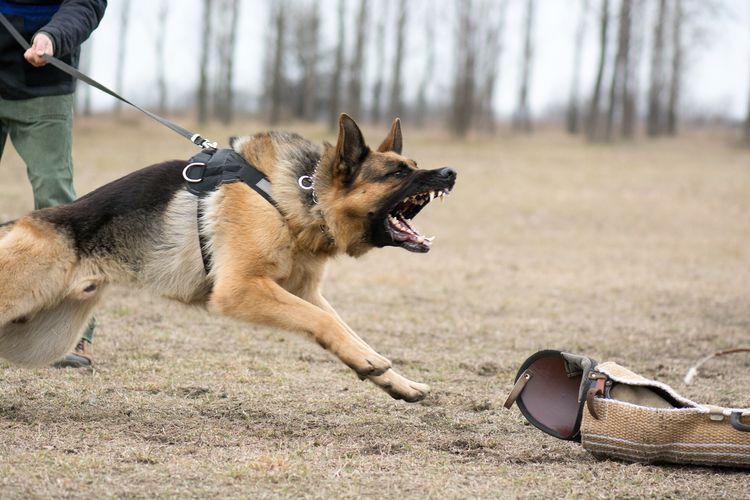
The German Shepherd is one of the best known and most versatile dog breeds in the world. It is often used as a working, service and family dog and is known for its intelligence, loyalty and willingness to work.
Despite these positive qualities, there is also a side of the German Shepherd that can be considered potentially dangerous. These dogs are powerful and possess a strong protective instinct that, if not properly managed, can lead to undesirable behavior.
Inappropriate socialization, lack of education, or improper handling can cause a German Shepherd to become overly territorial or aggressive. Especially when trained as guard or protection dogs, their natural inclination to defend their family and property can be problematic if not properly controlled.
Experienced and responsible dog owners who have the time and commitment to properly raise and socialize a German Shepherd are unlikely to have problems with aggression or other dangerous behaviors. However, in the wrong hands or without the necessary guidance, a German Shepherd can be a risk.
It should be emphasized that the so-called "dangerous side" of the German Shepherd is not in the breed itself, but in the way the dog is handled and raised. With proper training, socialization and handling, the German Shepherd can be a loyal, loving and reliable companion.
Presa Canario
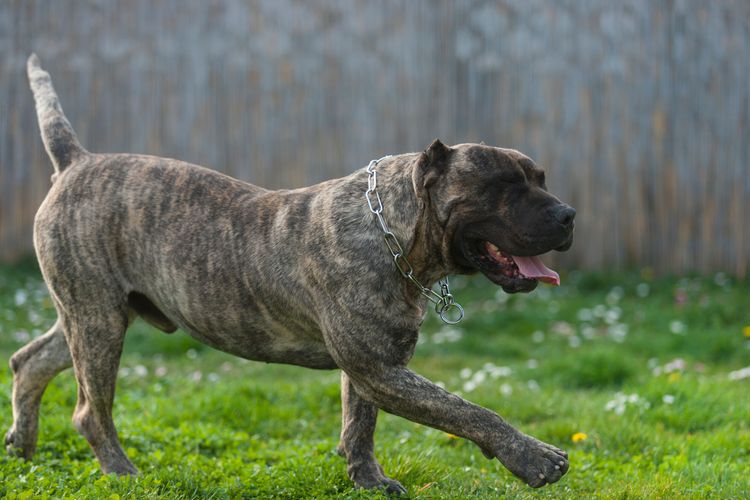
The Presa Canario, also known as the Dogo Canario, is an impressive breed of dog bred in the Canary Islands of Spain. Originally used as a working dog for livestock, the Presa Canario has also found use as a guard and protection dog.
With its powerful stature and determined attitude, the Presa Canario is a dog that inspires respect. He is courageous, confident and alert, and his protective instincts make him an effective guard dog.
Despite his working abilities, the Presa Canario can also be a loving and loyal family dog. He tends to develop a deep bond with his owners and can prove to be a calm and patient companion if well socialized and properly trained.
However, the breed is not suitable for inexperienced dog owners. The Presa Canario needs clear boundaries and consistent training from someone who has experience with large and strong dogs. Without proper handling, a Presa Canario can be dominant or difficult to control.
Malinois
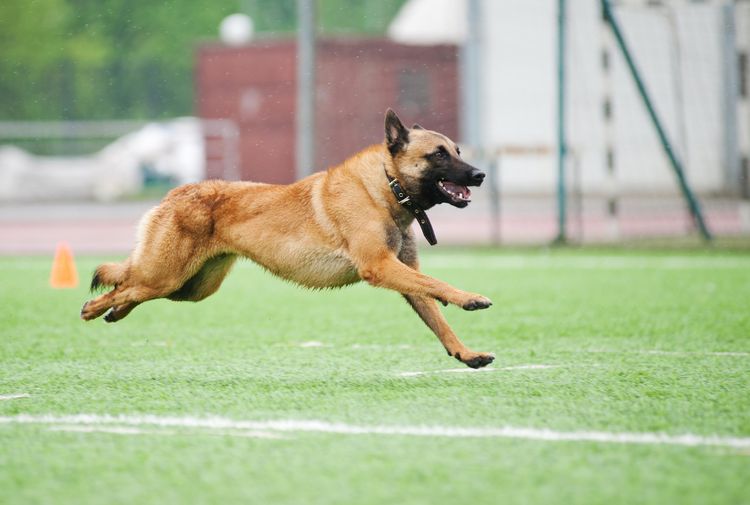
The Malinois is a member of the Belgian Shepherd family and is known for its intelligence, agility, and willingness to work. This breed is often used in working environments, including police, military, and search and rescue, where its remarkable abilities are on full display.
The Malinois is a high-energy dog that needs to be constantly challenged and kept busy. He is quick to learn, very obedient, and often shows a strong desire to please his owner. Despite his working abilities, he can also be a loving and loyal family member.
However, this breed is not for everyone. The Malinois needs an owner who has the time and energy to challenge him physically and mentally. Without proper stimulation and guidance, a Malinois can become restless or overly intense.
Early and consistent socialization is critical to ensure that the Malinois is well rounded and trusting in a variety of environments
Kangal
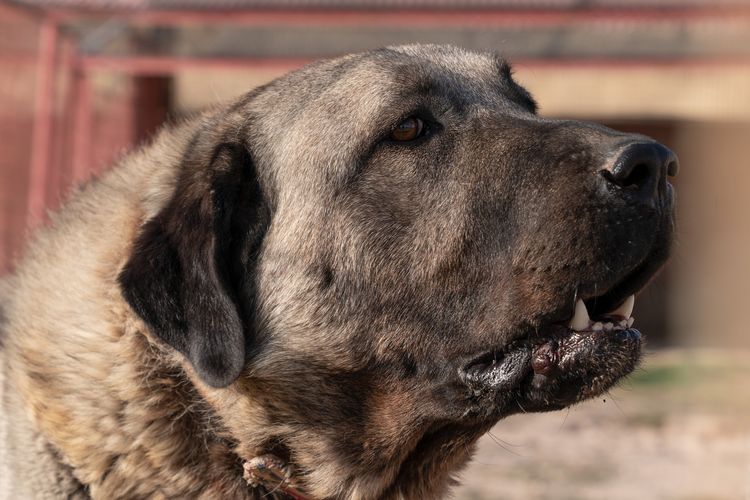
The Kangal, also known as the Kangal Sheepdog, is an impressive breed of dog that was originally bred in Turkey to protect herds from predators. With its powerful stature and watchful eye, the Kangal is an effective guard dog and an important resource for herders.
Despite its size and serious working mission, the Kangal is known for its calm and controlled nature. He is often reserved and observant, rather than aggressive, and shows a deep loyalty and attachment to his family. Many Kangals are especially gentle with children, making them loving family dogs.
However, as with many working dog breeds, the Kangal requires clear leadership and consistent training. Without proper socialization and training, a Kangal can be dominant or difficult to control. The breed is intelligent and independent, which requires an experienced hand to bring out its best qualities. The Kangal also needs plenty of exercise and mental stimulation, as it was bred for work and exercise. In a suitable home, with proper training and sufficient space, a Kangal can be a calm, loving and reliable companion, serving as both a family dog and a watchdog.
Great Dane
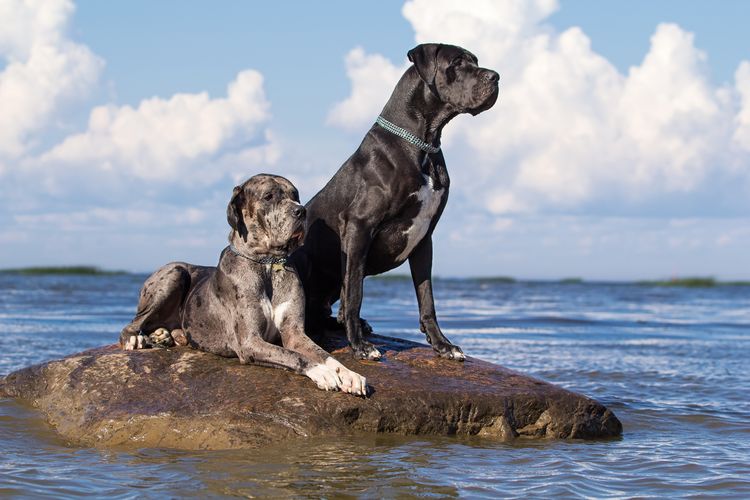
The Great Dane is one of the largest dog breeds in the world and often impresses with its enormous size and stately appearance. Despite their size, Great Danes are generally gentle, affectionate and often known as "gentle giants".
However, there is a side of the Great Dane that could be considered potentially dangerous, mainly due to their sheer size and strength. Although they are not known as a particularly aggressive breed, their size alone can be a problem in certain situations.
An uncontrolled or poorly trained Great Dane can unintentionally injure people or other animals due to their weight and strength. Simply jumping up to greet or pulling on the leash can be problematic due to their size. This emphasizes the importance of early and consistent training and socialization for this breed.
In addition, like any dog, a Great Dane can develop territorial or protective instincts that, if not properly controlled, can lead to undesirable or aggressive behavior. However, this is usually the result of mismanagement or lack of training and not an inherent characteristic of the breed.
In the hands of a responsible and experienced dog owner, a Great Dane can be a loving and loyal family dog. The potential "dangerous side" of this breed is largely due to its size and can be minimized with proper socialization, training and careful handling.
Chow Chow
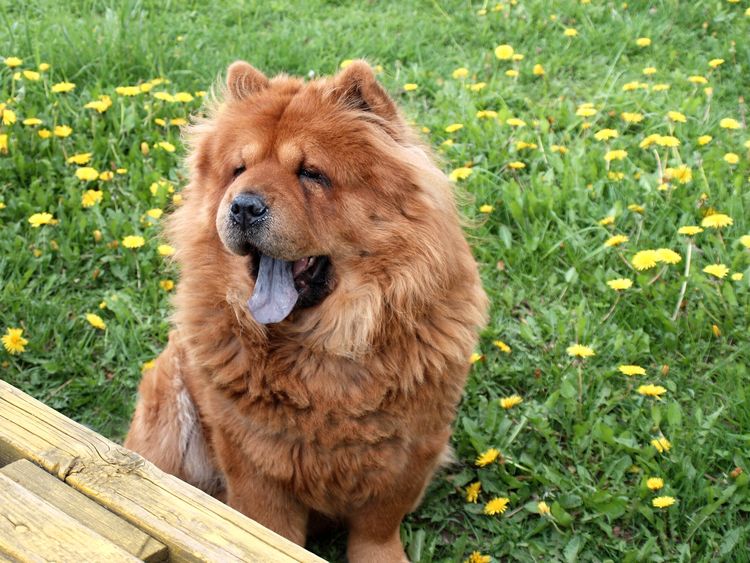
The Chow-Chow is a distinctive breed of dog, known for its lion's mane, unique blue-black tongues and serious expression. Originally from China, the Chow-Chow served as a guard, hunting and sled dog.
This breed has often been described as aloof and independent, and although it can be loyal to its owners, Chow-Chows are often reserved, even toward family members. This independence can sometimes be interpreted as stubbornness, and raising a Chow-Chow requires patience and understanding.
There is a side of the Chow-Chow that could be considered potentially dangerous. They have strong territorial instincts and can be suspicious of strangers. If not properly socialized and handled, they can become aggressive in certain situations. This makes early and consistent socialization and training essential.
Chow Chows are often best suited for experienced dog owners who understand how to handle their unique personalities. They need clear guidance, but also respect for their independence.
The side of the Chow Chow that is considered "dangerous" should not be viewed as an inherent character trait of the breed, but rather a challenge in terms of training and socialization. With the right approach, a Chow Chow can be a dignified and loyal companion, but it may not be the best choice for every dog owner or every life situation.
It is important to emphasize that characteristics labeled "dangerous" in dog breeds can often represent misunderstandings and exaggerations. The perception that a breed is dangerous can often be based on a few negative experiences or prejudices, rather than objective analysis of the behavior of an entire breed.
In fact, a dog's behavior depends much more on its upbringing, socialization, environment, and treatment by humans than on its breed. Most dogs, including those discussed here, can be loving, loyal, and safe family members when properly raised, trained, and handled.
For potential dog owners* considering one of the breeds considered "dangerous," it is critical to understand the specific needs and characteristics of the breed. This may include training, socialization, exercise and space needs.
Responsible consideration of whether you have the resources and knowledge to meet the needs of a particular dog will help foster positive relationships and experiences. Each dog breed has its own unique characteristics, and with the right approach and understanding, almost any dog can be a valuable member of the community.



















